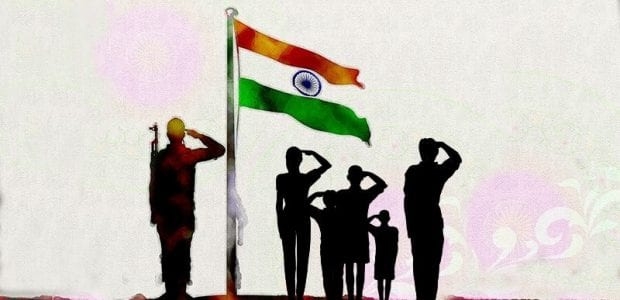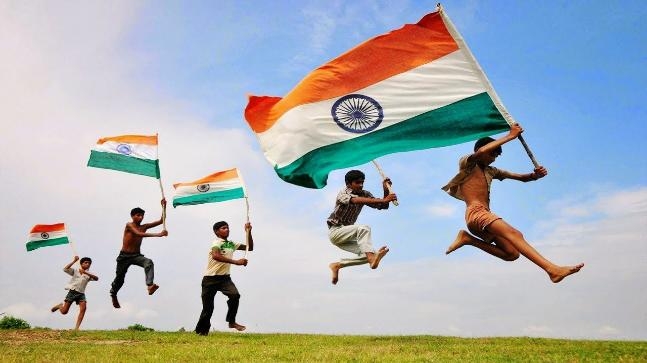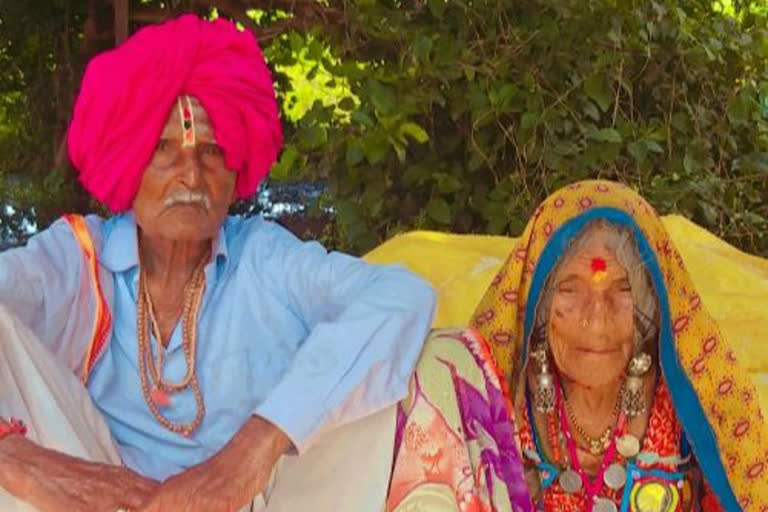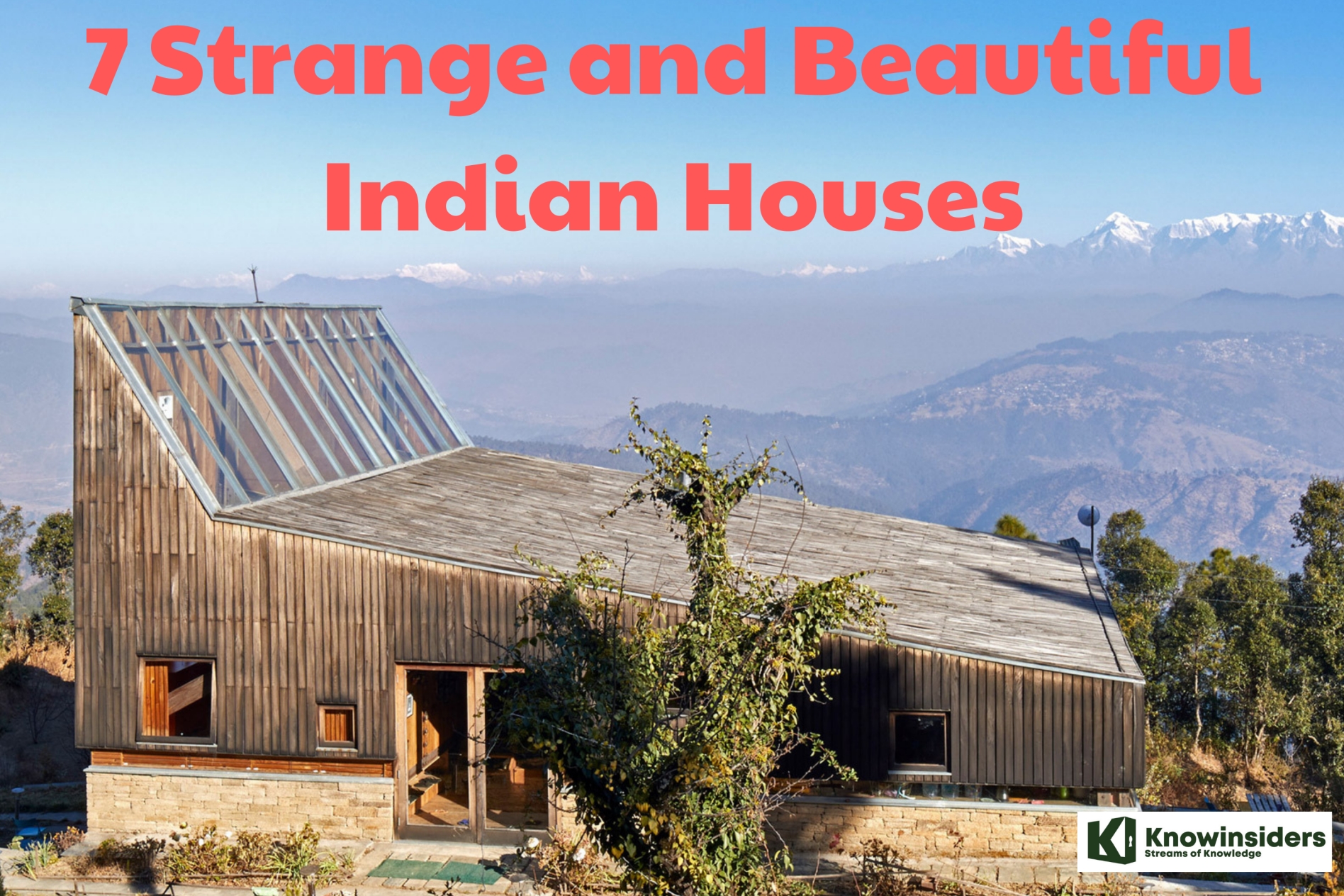Indian National Anthem: Hindu Lyrics, English Version and History
 |
| Photo JaiCoupon |
The national anthem of India is "Jana Gana Mana" which was written by the Nobel laureate Rabindranath Tagore. The Anthem is written in high Bengali Sanskrit and is taken from the first five stanzas of a Brahmo Hymn, which was composed and scored by Rabindranath Tagore himself. The Anthem was first sung on 27 December 1911 in the Calcutta Session of the Indian National Congress and was officially accepted as the Indian National Anthem by the Constituent Assembly on 24 January 1950.
The national anthem takes roughly fifty-two seconds to be played. The original poetry was translated by Abid Ali into Hindi and the original Hindi version of the song was a little different. The text of Jana Gana Mana, albeit written in Bengali, is heavily sanskritised and has been written almost totally using the usage of nouns which can also function as verbs. Nearly all the nouns in the song are used in all main languages of India.
| On certain occasions, the Indian National Anthem is played or sung. The correct renditions of the Anthem, the events at which they are to be played or sung, and the importance of showing respect for the Anthem by behaving respectfully at these events have all been the subject of periodic directives. This information page contains the meat of these instructions for your perusal and reference. |
The composition consisting of the words and music of the first stanza of the late poet Rabindra Nath Tagore’s song known as “Jana Gana Mana” is the National Anthem of India. It reads as follows:
Jana-gana-mana-adhinayaka jaya he
Bharata-bhagya-vidhata
Panjaba-Sindhu-Gujarata-Maratha
Dravida-Utkala-Banga
Vindhya-Himachala-Yamuna-Ganga
uchchala-jaladhi-taranga
Tava Subha name jage, tave subha asisa mage,
gahe tava jaya-gatha.
Jana-gana-mangala-dayaka jaya he
Bharata-bhagya-vidhata.
Jaya he, Jaya he, Jaya he,
jaya jaya jaya jaya he.
*The above is the full version of the Anthem and its playing time is approximately 52 seconds.
A short version consisting of the first and last lines of the National Anthem is also played on certain occasions. It reads as follows:
Jana-gana-mana-adhinayaka jaya he
Bharata-bhagya-vidhata.
Jaya he, jaya he, jaya he,
Jaya jaya jaya jaya he.
*Playing time of the short version is about 20 seconds.
English version:
Thou art the rulers of the minds of all people,
dispenser of India's destiny.
Thy name rouses the hearts of Punjab, Sind, Gujarat and Maratha,
Of the Dravida and Orissa and Bengal;
It echoes in the hills of the Vindhyas and Himalayas,
mingles in the music of Yamuna and Ganga and is chanted by
the waves of the Indian Sea.
They pray for thy blessings and sing thy praise.
The saving of all people waits in thy hand,
thou dispenser of India's destiny,
Victory, victory, victory to thee.
Facts at a Glance - India’s National Anthem1. The song Jana Gana Mana is the National Anthem of India which was composed by Rabindra Nath Tagore, originally in Bengali. 2. It was adopted by the constituent assembly on January 24, 1950, in its Hindi version. 3. The song "Jana Gana Mana" was first published under the title “Bharat Vidhata” in Tattva Bodhini Patrika in January 1912. 4. The song was translated into English in 1919 with the title “Morning Song of India”. 5. The very first time it was sung at the Kolkata Session of Congress on 27 December, 1911. 6. The national anthem tell us that India is a diverse nation and there are differences in culture, traditions, religions and languages, but despite these differences, it reminds us that India is united under one flag. The anthem is significant in uniting people and reminding us that there isn't any difference among Indians. |
India Independence Day
 |
| Photo Know India |
Independence Day is India's national holiday, and it is observed every year on August 15. In 1947, British rule in India came to an end, and that year is celebrated as Independence Day. The midnight of August 14-15, 1947 saw the division of the subcontinent into two countries: India and Pakistan. (August 14th is Pakistan's national day of independence.)
What happens on Independence Day?
The Prime Minister of India traditionally raises the flag of India atop Delhi's Red Fort, gives a speech to the country, and then a military parade takes place. The Indian president also gives the annual "address to the nation" speech. The event is marked with the firing of 21 bullets from a gun.
All government buildings in India, including government offices, banks, and post offices, are closed today in observance of a national holiday. All Indian states and Union Territories celebrate Independence Day with flag-raising ceremonies, parades, and cultural activities.
A month before Independence Day, festivities begin. Cultural events, contests, debates, speeches, and quiz competitions are common in educational institutions.
Background of the Independence Day
The Sepoy Mutiny in Meerut in 1857 marked the beginning of India's fight for independence, which gained steam after World War I. In the 20th century, the Indian National Congress (INC) and other political organizations led by Mahatma Gandhi began a nationwide independence movement and revolution against the repressive British rule.
Several activists, nationalists, and politicians, including Gandhi, were imprisoned by colonial rulers after the Indian Congress began the Quit India Campaign in 1942, demanding an end to British rule.
There were religiously motivated riots, major fatalities, and the forced relocation of approximately 15 million people during India's division in 1947.
 Shimla Summer Festival: When, Where and Activities to Celebrate Shimla Summer Festival: When, Where and Activities to Celebrate Shimla Summer Festival often starts with a huge gathering of tribal people, budding artists, and tourists to mark the advent of the summer season. This ... |
 Who Is Dhenu Umaji Chavan - 105 Year Old Beating Covid-19 in India Who Is Dhenu Umaji Chavan - 105 Year Old Beating Covid-19 in India Dhenu Umaji Chavan, 105-year-old man from Maharashtra, India, and his wife have bravely beaten Covid-19 and their story has gone viral in the Internet. Keep ... |
 7 Strange and Beautiful Indian Houses 7 Strange and Beautiful Indian Houses With India emerging as a new hotspot for inventive architecture, there are lots of unique and gorgeous buildings. Check out right below the 7 strange ... |
























